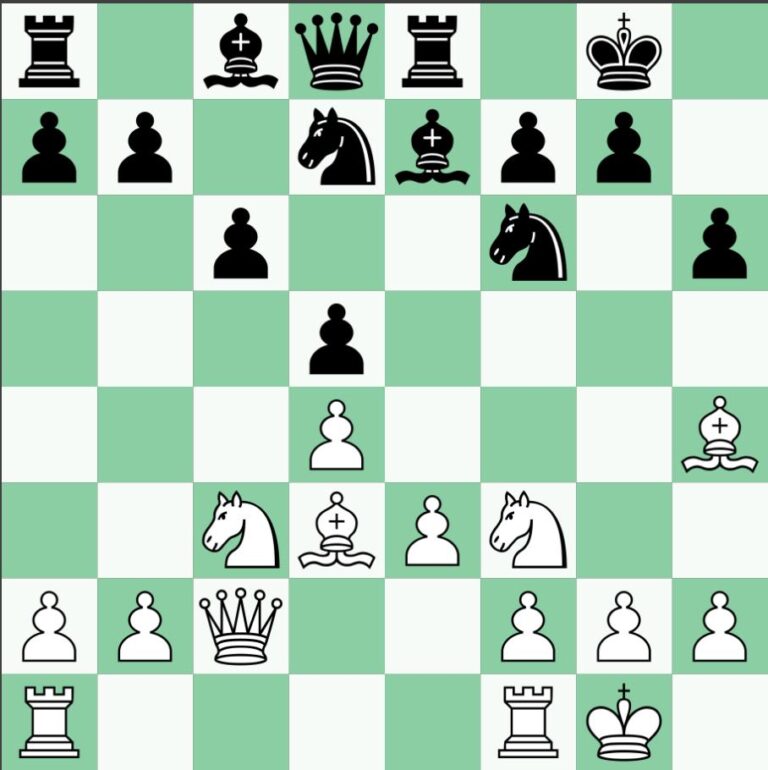Legal’s Mate, named after the 18th-century chess player François Antoine de Legall de Kermeur, is one of the most dramatic and instructive checkmate patterns in chess. This tactical motif primarily occurs in the early phase of the game, offering a brilliant example of how sacrificing material can lead to a swift victory. Understanding Legal’s Mate not only enhances your tactical vision but also deepens your appreciation for the art of chess.
The Setup for Legal’s Mate
Legal’s Mate typically arises from the Italian Game or the Scotch Game, starting with the moves e4 e5, Nf3 Nc6, and Bc4 Bc5. The key to this mate is developing your pieces early and positioning them to strike at the f7 square, a well-known weak spot in the opponent’s camp in the opening phase.
Key Pieces Involved:
- Knight on f3: Ready to jump into the action.
- Bishop on c4: Eyeing the weak f7 square.
- Queen: Often joins the attack, delivering the mate.
Executing Legal’s Mate
The execution of Legal’s Mate involves a combination of tactical themes including piece sacrifice, double attack, and exploiting pin.
Example Game:
- e4 e5
- Nf3 Nc6
- Bc4 Bc5
- Nc3 Nf6
- Ng5 O-O
- Nxf7 (the sacrifice) Rxf7
- Bxf7+ Kxf7
- Qf3+
At this point, the black king on f7 is in a precarious position. If Black’s knight on c6 moves or is captured, the e5 pawn becomes undefended.
- Qd5+ Ke8 (or Kf8)
- Qxc5
The queen captures on c5, exploiting the pin on the e5 pawn and effectively delivering checkmate as the black king has no squares to escape.
The Importance of Piece Coordination
One of the critical lessons from Legal’s Mate is the importance of piece coordination. Every piece involved in the execution of this tactic works in harmony with the others, creating a net around the opposing king. This coordination can often lead to overwhelming positions even if the initial sacrifice does not immediately result in checkmate.
Variations and Avoiding Pitfalls
While the basic pattern of Legal’s Mate is straightforward, numerous variations can arise based on the opponent’s responses. Familiarity with these variations can help not only in executing this mate but also in defending against it.
Defensive Tips:
- Control of Key Squares: Ensuring control over critical squares like f7 for Black can prevent the setup of Legal’s Mate.
- Piece Development: Rapid development and careful piece placement can help fend off the aggressive intentions of the opposing pieces.
Conclusion
Legal’s Mate exemplifies the beauty and depth of chess tactics. Whether you are a beginner learning the ropes or an experienced player brushing up your skills, understanding and mastering such classic checkmate patterns can significantly enhance your strategic thinking and tactical acuity.






